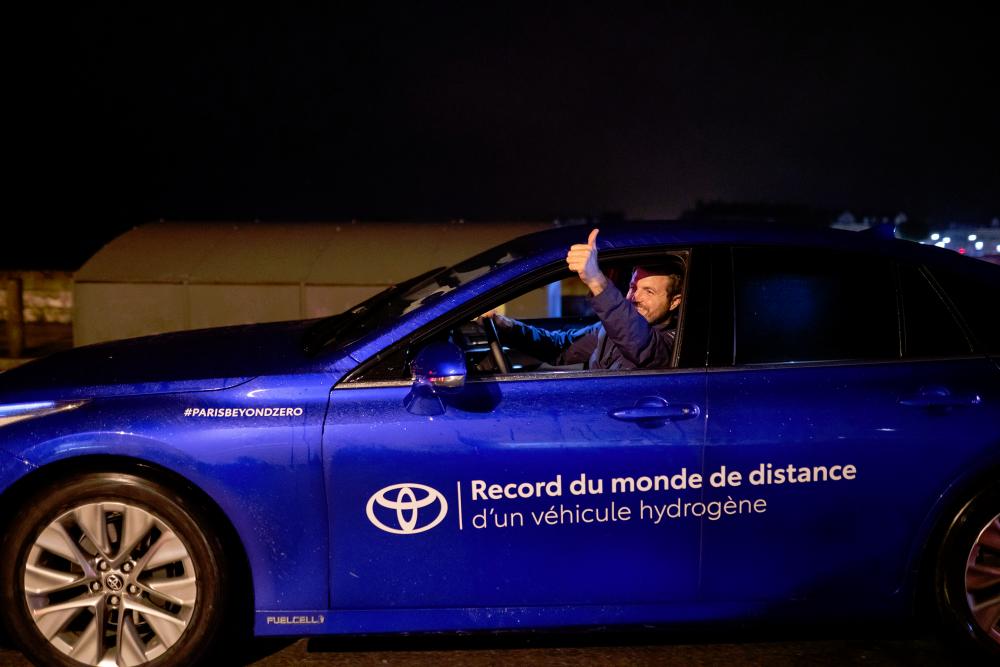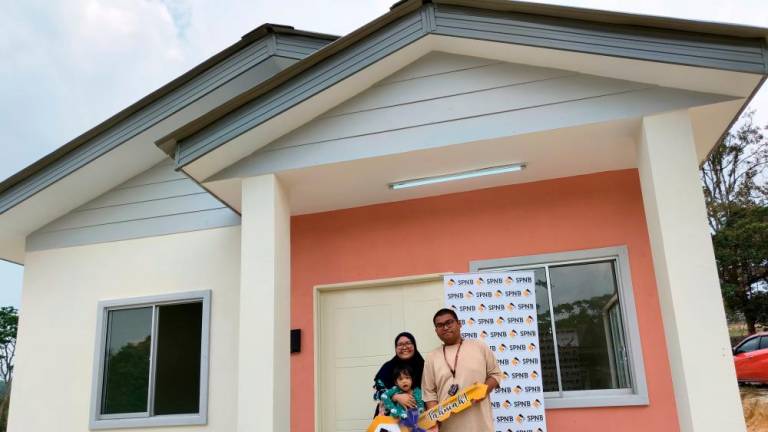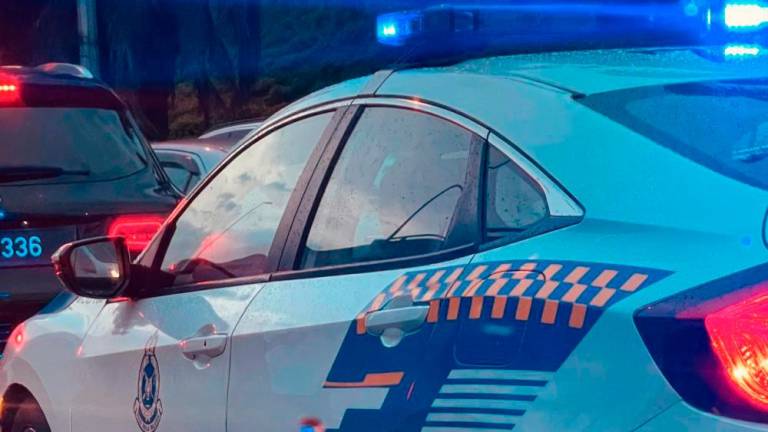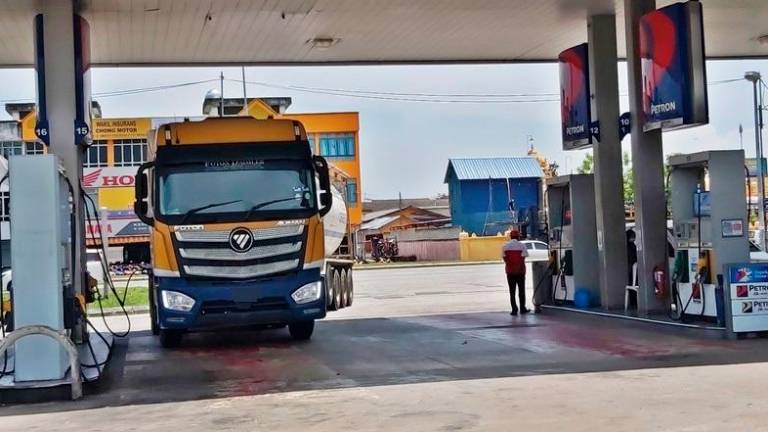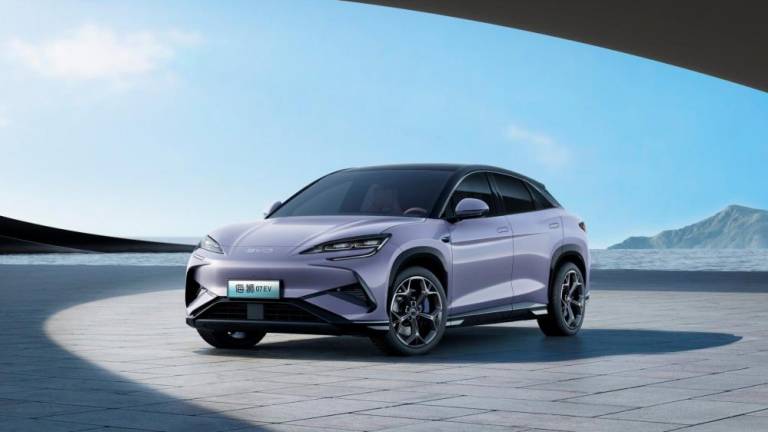THAT new Toyota Mirai (pix) recently covered 1,003 kilometers on public roads in France on a single fill of hydrogen. Four drivers shared the wheel during this successful world record attempt, including Victorien Erussard, founder and captain of Energy Observer, the first round-the-world hydrogen-powered boat.
A pioneer in its class, the Mirai is equipped with an electric motor powered by a fuel cell that converts hydrogen into electricity. This new performance demonstrates the potential of hydrogen power, which is ultimately still in its early stages.
The 1,003 kilometers were driven mainly on roads south of Paris, in the Loir-et-Cher and Indre-et-Loire regions. The average hydrogen consumption for the whole trip was only 0.55grams per kilometre, bearing in mind that the Mirai's three tanks can hold 5.6kg.
The hydrogen used for this record was entirely green, with no carbon dioxide (CO2) emissions released into the atmosphere from production to use.
Large hydrogen fuel cell vehicles that can accommodate high-capacity tanks should soon take position, on paper at least, as the models with the greatest stamina on the market.
Indeed, the efficiency of the fuel cell system, combined with an increased hydrogen storage capacity and better aerodynamics, will help extend vehicle range.
Launched at the end of 2020 in Japan, the new Mirai now has a range of up to 85 km, according to Japanese standards, compared to only 550km with the previous generation.
One of the next hydrogen cars to reach the 1,000km mark could be French. The Hopium Machina project is billed as a top-of-the-range sedan promising unprecedented performance for a hydrogen-powered production vehicle, with more than 500hp, a top speed of 230 km/h and a range of up to 1,000km. Production could start in 2026. – ETX Studio



